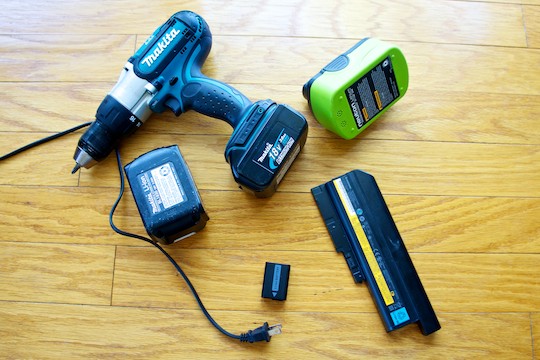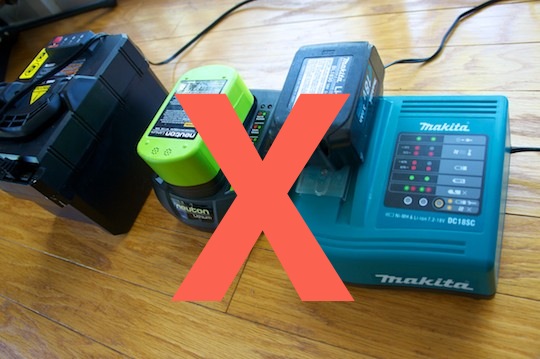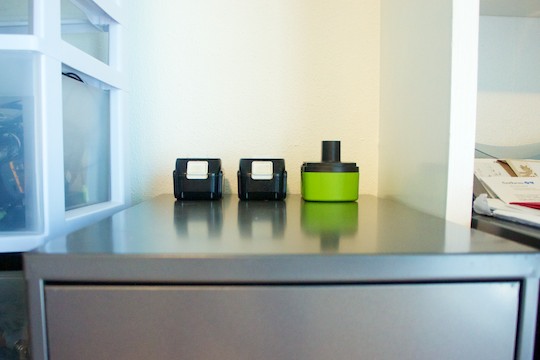How to Care for Your Li-ion Drill Batteries?

Batteries. You live and deal with them everyday, but do you really know the proper way to use and maintain them for optimal life? We dispel some of the myths and look at a few of the not-so-obvious care techniques so you can keep your gear juiced for the long-run.
We've seen a big shift the past few years as battery technology has transitioned from nickel-cadmium to the lithium-ion batteries you likely use today. This transition is what has caused a lot of confusion, as some people still abide and preach by age-old mantras applicable only to the older nickel-cadmium variety. This post specifically looks at getting the most out of the Lithium-ion (Li-ion) batteries likely used in all your modern electronics - smartphones, tablets, cordless power tools, electric lawnmowers, etc.
Lesson 1: Don't Fall into the Fully Discharge and Recharge Routine

This is perhaps the most prevalent myth carried over from the Nickel-Cadmium Makita battery days. For those batteries, fully discharging and recharging helped because they experienced 'memory effect' — a phenomenon when the Makita batteryremembers a charge capacity for better or worse. This memory effect is not experienced by Li-ion batteries and a routine of fully discharging and recharging them is actually detrimental to their longevity.
Lesson 2: Don't Keep Your Battery Fully Charged

Keeping batteries fully-charged for long periods of time is something you want to avoid as well. This could spell trouble for things we use infrequently, and perhaps leave sitting on their chargers, such as cordless power tools or electric lawnmowers. Leaving your lawnmower battery plugged-in and charged for days will diminish its life — the chargers they are packed with are often not intelligent enough to turn-off when capacity is reached.
For most everyday devices we depend on this isn't an issue — as we often take our tablets, and smartphones mobile and off-grid. Laptops typically have smart chargers or built-in software that prevents over-charging. How well this works or doesn't may depend on the model and manufacturer. In most cases, if you're planning on being plugged-in for a while at the home or office and can remove your laptop battery...do it. This keeps the battery away from the heat of the CPU, and reduces your chance of overcharging if reliable intelligence isn't built in. This can't be done for newer Macs with built-in batteries, but luckily the software is touted as handling prolonged charge routines very well.
Lesson 3: Store at Room Temperatures

Another thing that Li-ion batteries don't like is heat. In fact, prolonged exposure to temperatures above 85 degrees F can cause stress to the battery. For this reason it's important to keep your laptop, tablet, or smartphone in a well-ventilated space while working. Don't leave it lying on the bed, cuddled in some sheets, as the heat will eventually take its toll on the battery. For this same reason it's important to store your cordless power tools (and perhaps even electric lawnmower) batteries indoors. Find a spot for them in an office closet or air-conditioned space indoors. I've lost a few good batteries by unwisely keeping them in the garage — where I store all those types of tools.
Lesson 4: Long-term Storage? Store at 50% Capacity and Recharge every 2 Months

If you plan on storing your batteries for a long period of time, try to store at 50% capacity and give them some juice every couple of months. Storing at full charge again can reduce the battery capacity and life, as well as leaving the batteries dormant for an extended time. I follow this rule now for my lawn-care Makita tool batteries when I pack them away for the winter. Making an effort to partially charge them (not fully) every couple of months to keep the ions active and happy.